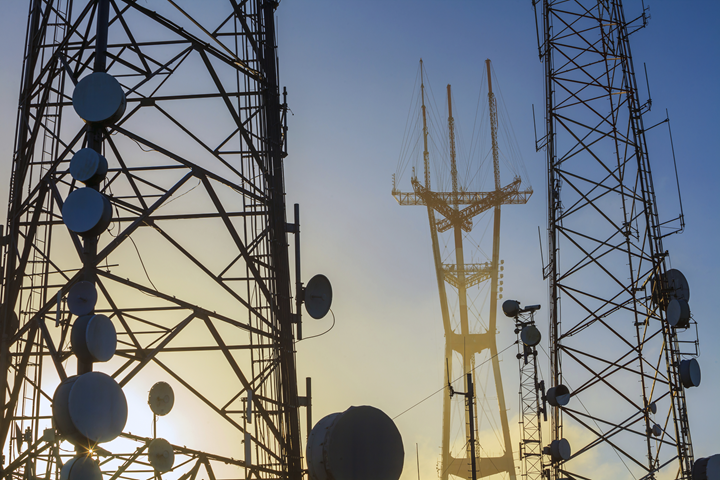Hollow Glass Bubbles for Faster, More Reliable 5G Devices
3M’s new Glass Bubbles said to offer a unique, low-loss high-speed frequency for plastic composites used for 5G devices and assemblies.
The newest member of 3M’s high-strength hollow glass bubbles product line, provides a unique, low-loss high speed high frequency (HSHF) resin additive for composite materials that designers use to build 5G devices and assemblies. 3M Glass Bubbles reportedly help designers enable products that can meet the rigorous transmission requirements and increased power demands that come with 5G implementation, while lowering the per volume cost of raw materials.
3M Glass Bubbles for 5G help enable designers of HSHF copper clad laminate (CCL) to produce smooth, lightweight 5G substrates for building printed circuit boards (PCBs)--the building blocks for 5G wireless radio systems. They can also be used in plastic composites that a 5G signal transfers through, such as base station assemblies, radome shells, or even mobile phone cases.

Signal loss and interference have always been a factor in PCB manufacturing and will become more challenging as 5G networks operate at higher signal frequencies. Using 3M Glass Bubbles as a resin additive in the CCL helps control dielectric properties, allowing design engineers to reduce signal transmission loss at higher frequencies and improves signal reliability. 3M Glass Bubbles have one of the lowest dielectric constants of any known materials additive, making it attractive for the electronics industry.
Blending in 3M Glass Bubbles for 5G HSHF CCL can also help designers lower their substrate materials costs by displacing typically higher cost resins. Further, lightweight 3M Glass Bubbles occupy up to 20 times more space compared to the typical solid mineral fillers. Considering the cost per unit volume (instead of price per lb. or kg), 3M Glass Bubbles are a cost-effective choice in many applications.
Said Andrew D’Souza, global 3M Glass Bubbles lab manager, “3M Glass Bubbles are already being used by 5G CCL and PCB customers around the world. Current products target the sub-6GHz range and we are working on next generation glass bubbles solutions that are targeting even higher frequencies.”







